Researchers have mapped out the true extent of habitat loss for salmon in the Lower Fraser River
Fraser Valley River is home to one of the most important – and productive – spawning grounds for Pacific Salmon (coho and Chinook) in Canada.
Pacific Salmon are born in freshwater and undertake long migrations to saltwater to feed and mature to adulthood. After a few years in the ocean, salmon swim back up to the Fraser Rivers and use their keen sense of smell to return to their birth sites to spawn. The salmon’s life cycle ends after spawning, where their nutrient-dense bodies continue to provide resources for inland ecosystems. Their ability to migrate back and complete their life cycle in the Fraser Rivers plays an incredibly vital role in the local food chain of 137 species relying on salmon.
Salmon are also an invaluable component of Indigenous culture, and they support economically valuable commercial and recreational fisheries in Canada.
What’s the Problem?
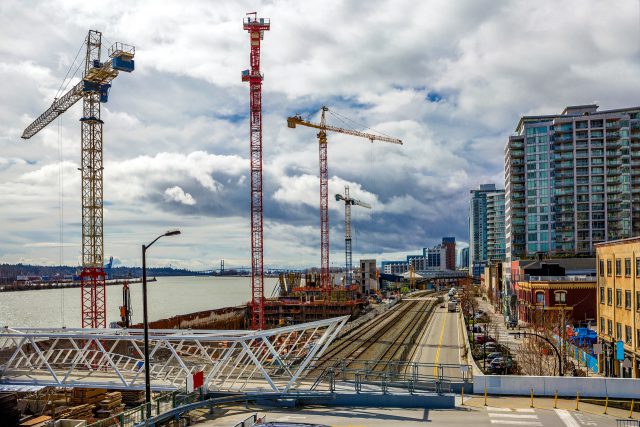
Habitat loss. Researchers have mapped out that Pacific salmon in B.C. have lost access to nearly 85 per cent of their historical habitat. “Only around 101 square kilometers out of an estimated 659 square kilometers of historical floodplains remain accessible to salmon,” says lead author Riley Finn, a research associate with the Conservation Decisions Lab in the faculty of forestry at UBC.
The multi-threat doesn’t end here. There are 1,200 barriers like dams, floodgates and road culverts preventing migrating salmon from accessing more than 2,200km of streams to spawn and rear their young.
Another shocking threat that has been recently discovered in the last couple of year is that female salmons are currently dying at a higher rate than male salmon. For every male salmon that doesn’t make its way back (remember habitat loss and barriers) to their natal stream, two to three female salmon die. This is greatly impacting the sex ratios in their spawning grounds. Females use to outnumber males on spawning grounds up until 1990’s.
Factors like environmental stressors like challenging migrating conditions, water temperature, turbulence and even being handled and released from capture are all stressful events that impact and limit the ability of females to return to their spawning grounds to complete their life cycle.
What Can We Do?
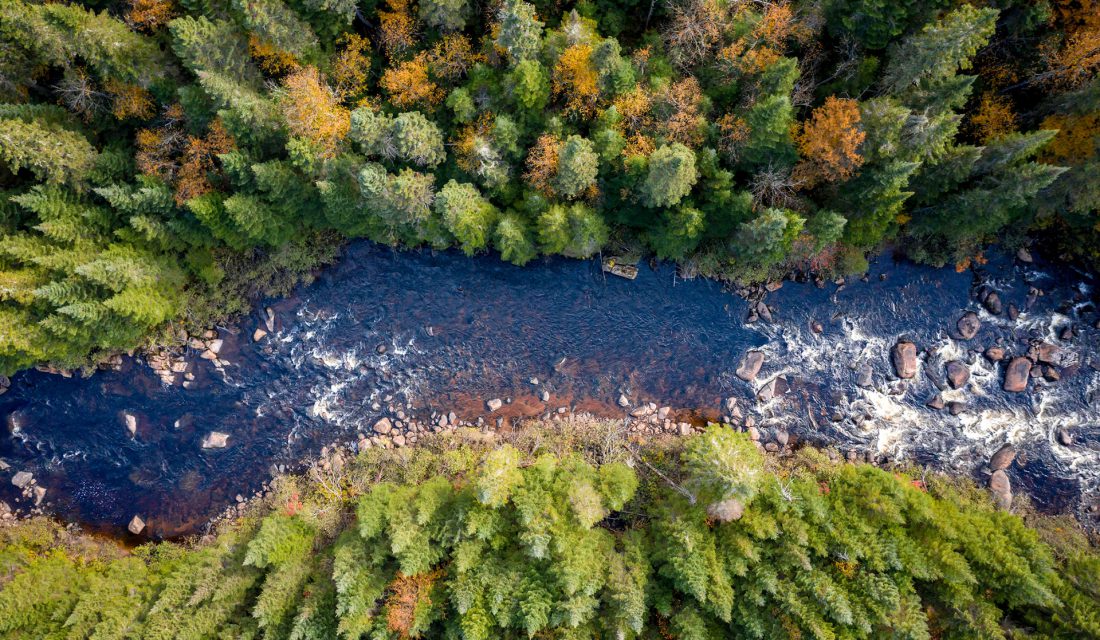
The research suggests a multi-step approach of:
- Removing key barriers in high priority areas
- Adjusting harvest rates to protect female salmon
- Large-scale habitat protection and restoration
- More research behind different mortality rates in salmon
The Canadian Wildlife Federation is leading the development of the Canadian Aquatic Barrier Database (CABD) that will support conservation efforts to improve freshwater connectivity across the country. This will support decision makers from all sectors to evaluate management and restoration to improve fish passage.

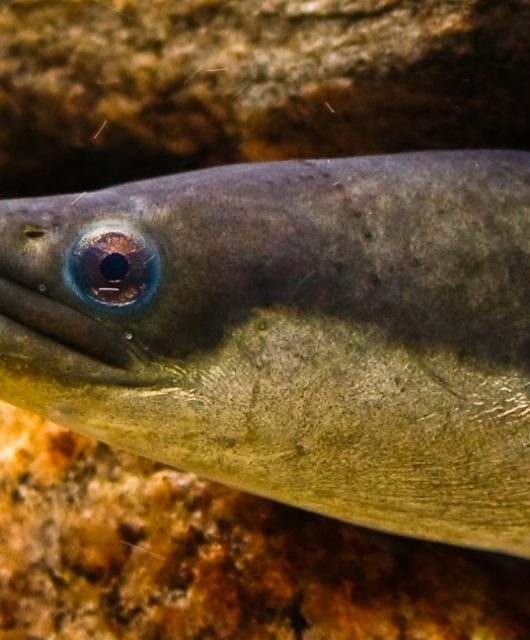

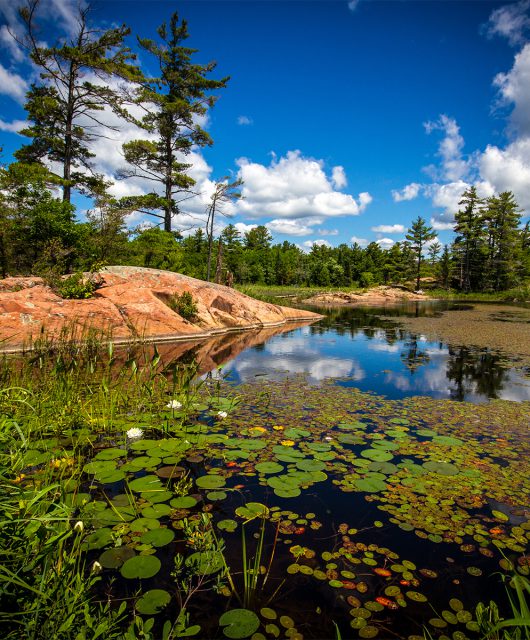
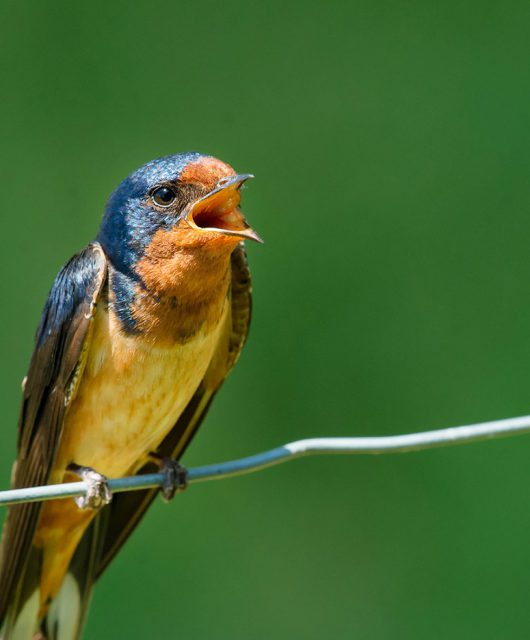
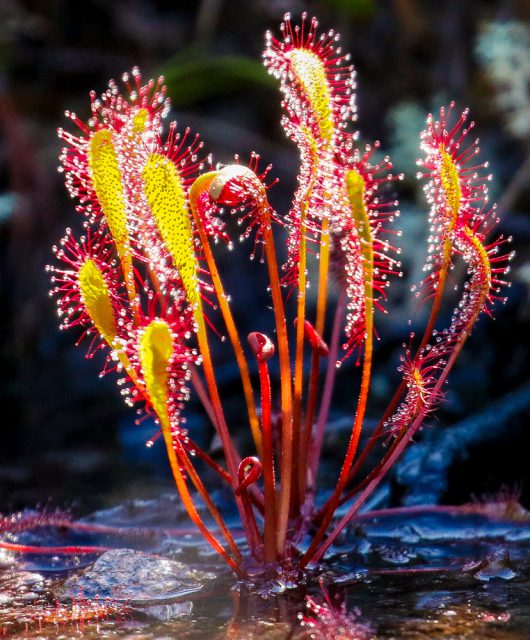
2 comments
Hi,
Thank you for your work and article here.
Something caught my eye, in the following paragraph, that must have been unwittingly added, but that I thought should be pointed out,
“The multi-threat doesn’t end here. There are 1,200 barriers like dams, floodgates and road culverts preventing migrating salmon from accessing more than 2,200km of streams to spawn and rear their young.”
The “rear their young” must have been added accidentally. Unless I’m becoming senile with my advanced age, I’m fairly certain that fish don’t rear their young.
Again, thank you for being part of the solution to turning around the terrible destruction caused, unwittingly and wittingly, by we humans these past hundred plus years. To destroy the very things that support life on this planet is utter madness! Yet the powers that be either bury their heads in the sand, or think that somehow the money that blinds them will allow them to buy their way out of the disasters, destruction and mayhem happening now, with more and worse to come.
We mustn’t lose hope, and your organization, along with so many others, keep that hope alive. The youth of today, as well, give me hope!
Thank you,
A link to the research would be helpful. Is it published?